Art Hanging Systems
Art hanging systems have been used by museums for years as a safe way to display artwork. The picture rail hanging system is one of the hanging techniques most often utilized in museums nowadays.
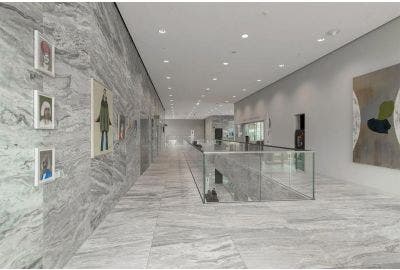
Art hanging systems have been used by museums for years as a safe way to display artwork. The picture rail hanging system is one of the hanging techniques most often utilized in museums nowadays.

Art hanging systems play a crucial role in the presentation of artwork in galleries. They are essential for safely displaying art pieces and ensuring that they are showcased in the best light.

We are pleased to celebrate 40 years in business! Time flies when you’re having fun, and we have had a blast helping you create beautiful spaces with our art and picture hanging systems.
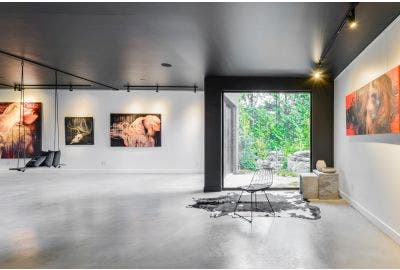
Find the right picture hanging systems for hanging large pictures. Create an impressive decorative effect and enhance the room's overall design. Learn now How to hang a large picture!
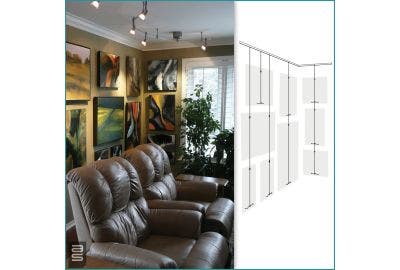
Hanging multiple pictures may be a daunting task, especially when it comes to creating a cohesive and visually appealing display. The solution is to use picture hanging systems.

Our client built an art studio in Seattle, a creative place dedicated to her lovely art. It was important to her to have an art hanging system to display her creation without damaging concrete walls.
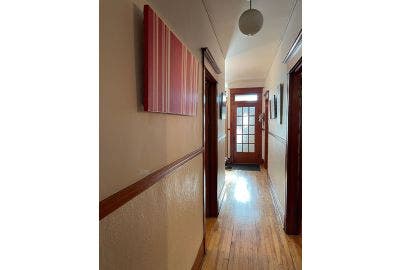
To prevent damage to the plaster and guarantee that the object being hung is stable, it’s critical to use the proper kind of anchor. This blog will advise you on the best plaster wall anchors.
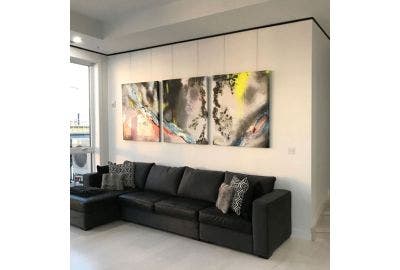
AS Hanging Display Systems, inspired by the world of architecture and design, has developed a black range of picture hanging systems to blends perfectly with any decor.
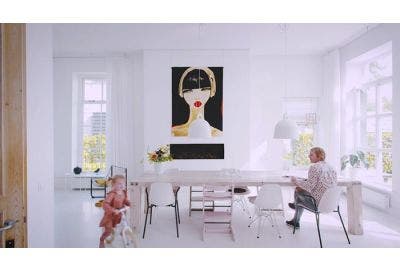
Rearranging your spaces is fun, creative and brings fulfillment! Express yourself in your home decor. With AS picture hanging systems, transform your interior without damaging your walls.

In the retail industry, you need to optimize the presentation of your products and services to better showcase their features and benefits. The right hanging and display system is your solution.